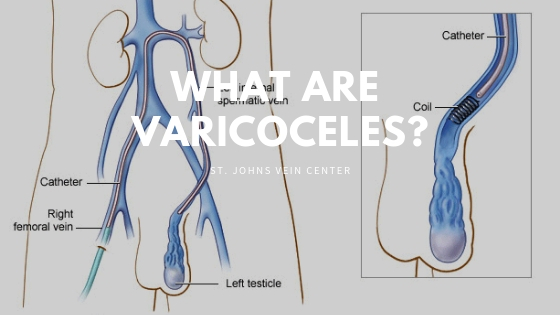Overview
Varicoceles are enlarged veins in the scrotum. To ensure blood flows in only one direction, these veins have valves which prevent blood from flowing backward. If you have a varicocele, these valves are not working properly, causing blood to remain pooled in the scrotum. It is similar to a varicose vein, which can occur in leg veins.
If you have varicoceles, they may affect your fertility, as a varicocele can cause low sperm count, decreased quality of sperm and testicular atrophy.
Symptoms
Normally, varicoceles are asymptomatic, this means patients do not experience any symptoms. When symptoms do occur, they can cause pain, which can vary from dull to quite sharp.
If you experience pain, you may find that the pain increases with exercise and daily movement. Symptoms often get worse over the course of the day. You may experience relief from the pain when lying on your back.
Diagnosis
Your doctor can diagnose varicoceles using ultrasound and a physical examination. The varicocele will look like an enlarged mass in the scrotum.
During your physical examination, you will be asked to take a deep breath and hold it while your doctor feels the scrotum above your testicle. Your doctor may use ultrasound to examine the veins or to measure the blood flow. This approach allows your doctor to diagnose your varicocele.
Treatment
Surgical repair of a varicocele involves cutting the veins which supply blood to the varicoceles, stopping blood flow to them. It may be performed under general anesthetic.
Minimally invasive percutaneous embolization is a procedure in which an interventional radiologist inserts a special catheter (tube) into your groin or arm and guides the catheter to the affected vein using ultrasound. A liquid agent containing tiny metal coils is then used block blood flow to the vein with the varicocele. This procedure is as effective as surgery but has less risk, pain and recovery time.




